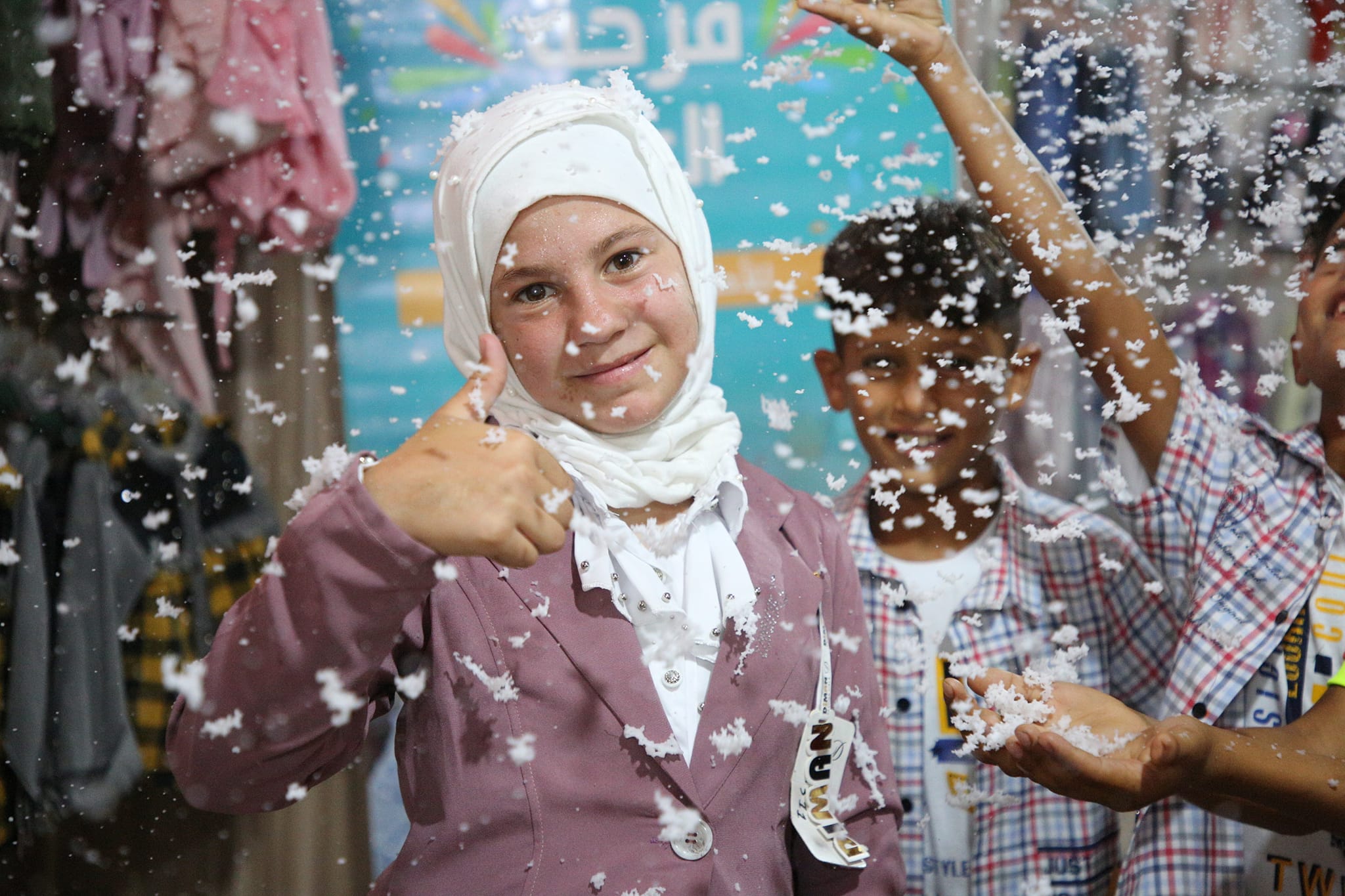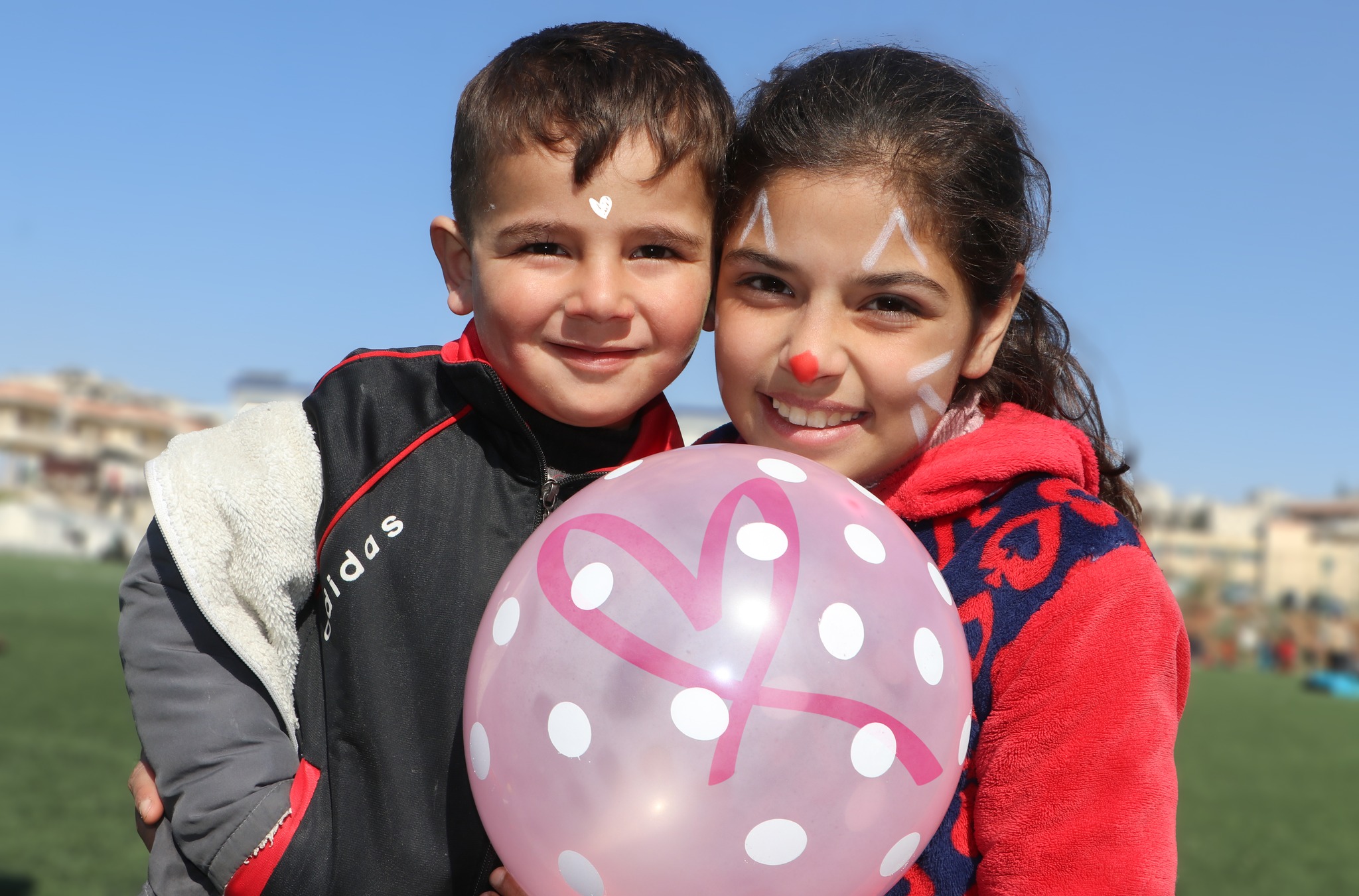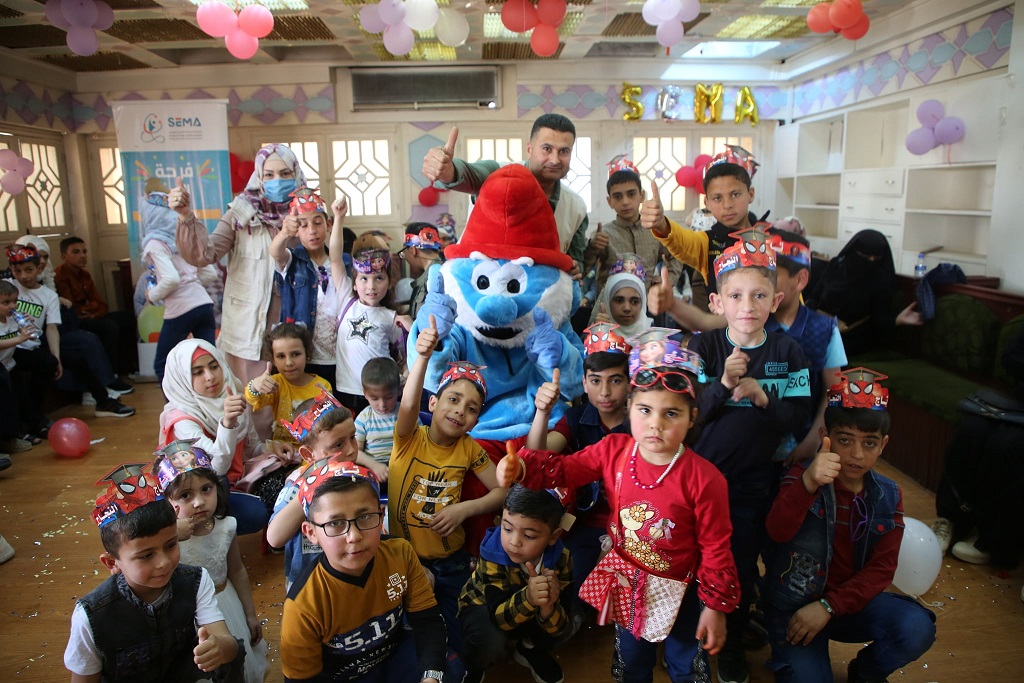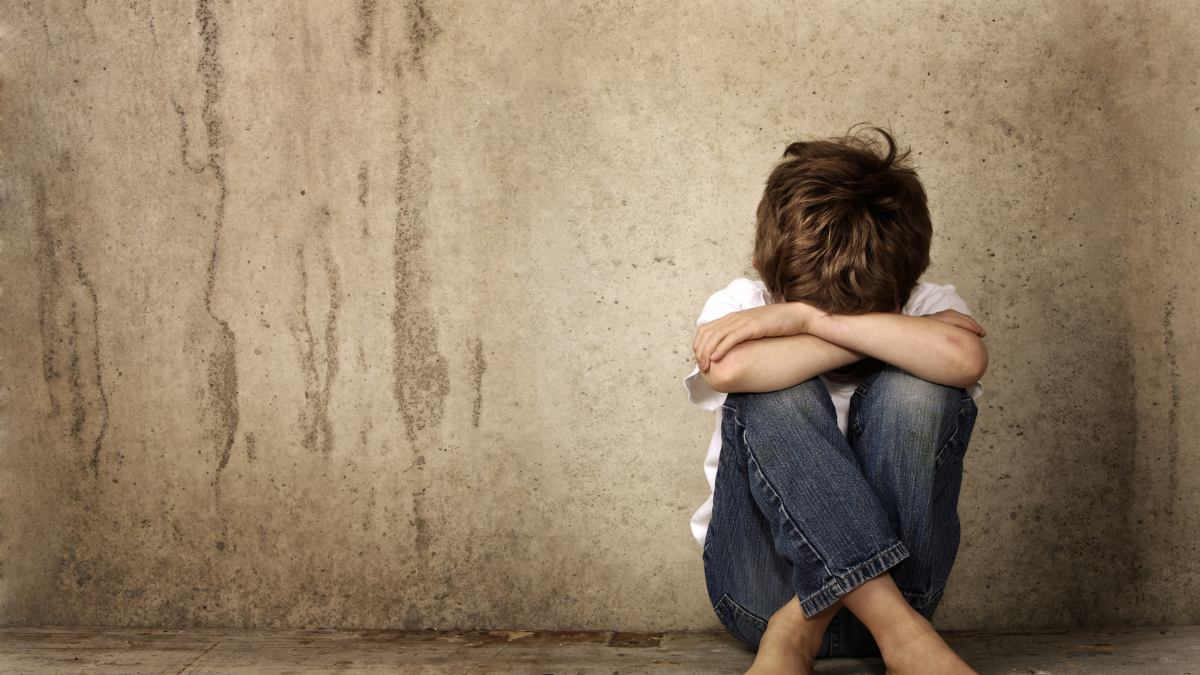The effect of trauma and loss on children’s mental and emotional well-being can be overwhelmingly harmful.
Thousands of refugee children have experienced traumatic experiences associated with their displacement and living in war and conflict zones.
This article explores the far-reaching negative consequences of traumatic experiences on children’s mental health, the best strategies to support those children, and the role of the Syrian Medical Association for Syrian Expatriates (SEMA) in helping refugee children.

Definition and explanation of trauma and loss in children
Trauma and loss in children can be defined as any event or experience that results in long-term, lasting negative psychological and physical effects.
This includes any event, either experienced or witnessed, that is perceived as physically or emotionally harmful or life-threatening.
Loss can refer to several experiences, such as the death of a loved one, a broken family, or a traumatic event, including a natural disaster or a violent act.
The negative consequences of trauma and loss can be immediate, resulting in feelings such as fear, anxiety, sadness, and anger, or they can affect a child’s growth and functioning in the long run.
The impact of trauma and loss on children’s emotional well-being
The influence of trauma and loss on children’s psychological states can be profound and long-lasting.
Moreover, trauma and loss can lead to many negative feelings, such as anxiety, depression, and anger.
Such experiences can also lead to feelings of worthlessness, guilt, sadness, and fear.
Children may also become more withdrawn and have difficulty concentrating, sleeping, or interacting with peers.
On the other hand, physical trauma symptoms may include headaches, stomachaches, and fatigue. Moreover, children may develop a distrust of adults, become more uncooperative, or show difficulty regulating emotions.
All of these symptoms can have a substantial impact on a child’s ability to construct meaningful relationships, their academic performance, and their overall emotional well-being.
The emotional, psychological, and physiological effects of trauma and loss on children
There are numerous emotional, psychological, and physiological effects of trauma and loss on children. These include
Emotional effects:
Children who experience trauma and loss may suffer from many negative feelings, including fear, sadness, shock, guilt, confusion, and anger.
From being withdrawn and quiet to being overly active and aggressive,
children may also experience a scope of different reactions.
Psychological effects:
Trauma and loss can lead children to have overwhelming changes in their perspectives of the world and their place in it.
They may become more pessimistic or cynical, or they may feel as if they have lost control of their lives. In addition, children may feel overwhelmed by their emotions and have difficulty concentrating.
Physiological effects:
Trauma and loss in children may cause physical symptoms such as headaches, stomach aches, fatigue, difficulty sleeping, and changes in appetite. Children may also experience devastating changes in their immune systems, making them more vulnerable to illness.
Creating a safe and supportive environment
Providing a safe and supportive environment for children who are victims of trauma can help them feel secure to process their emotions.
Furthermore, supportive environments can help children develop trust and build solid relationships with adults and peers around them.
Offering a safe environment to children with traumatic experiences gives them the opportunity to engage in activities that are meaningful and enjoyable.
Such a safe environment can help children develop resilience and cope with the trauma they have undergone.
The importance of creating a nurturing and safe space for children to express their emotions
In order to help children with traumatic experiences feel safe and secure, it is crucial to provide them with a safe environment to help them express their emotions freely and openly.
A safe space can also help build trust and encourage open communication between the child and their caregivers.
This is because when children feel safe to express themselves, they can develop healthy coping mechanisms, form healthy relationships, and develop strong self-esteem.
Furthermore, creating a safe space enables children with traumatic experiences to better express their emotions without fear of judgment or rejection.
This can help them learn to better manage and regulate their emotions.
Building trust and establishing relationships with children who have experienced trauma or loss
Certainly, building trust and establishing relationships with children who have experienced trauma or loss is essential because it provides them with a sense of safety and security.
Furthermore, establishing sound and healthy relationships with children who have experienced traumatic experiences allows them to develop a connection with adults they can rely on.
Such relationships can be a major source of comfort and stability in the midst of their pain and confusion for those children.
Furthermore, trust and connection can serve as a foundation for children to overcome their trauma, as well as a source of support and encouragement as they heal.
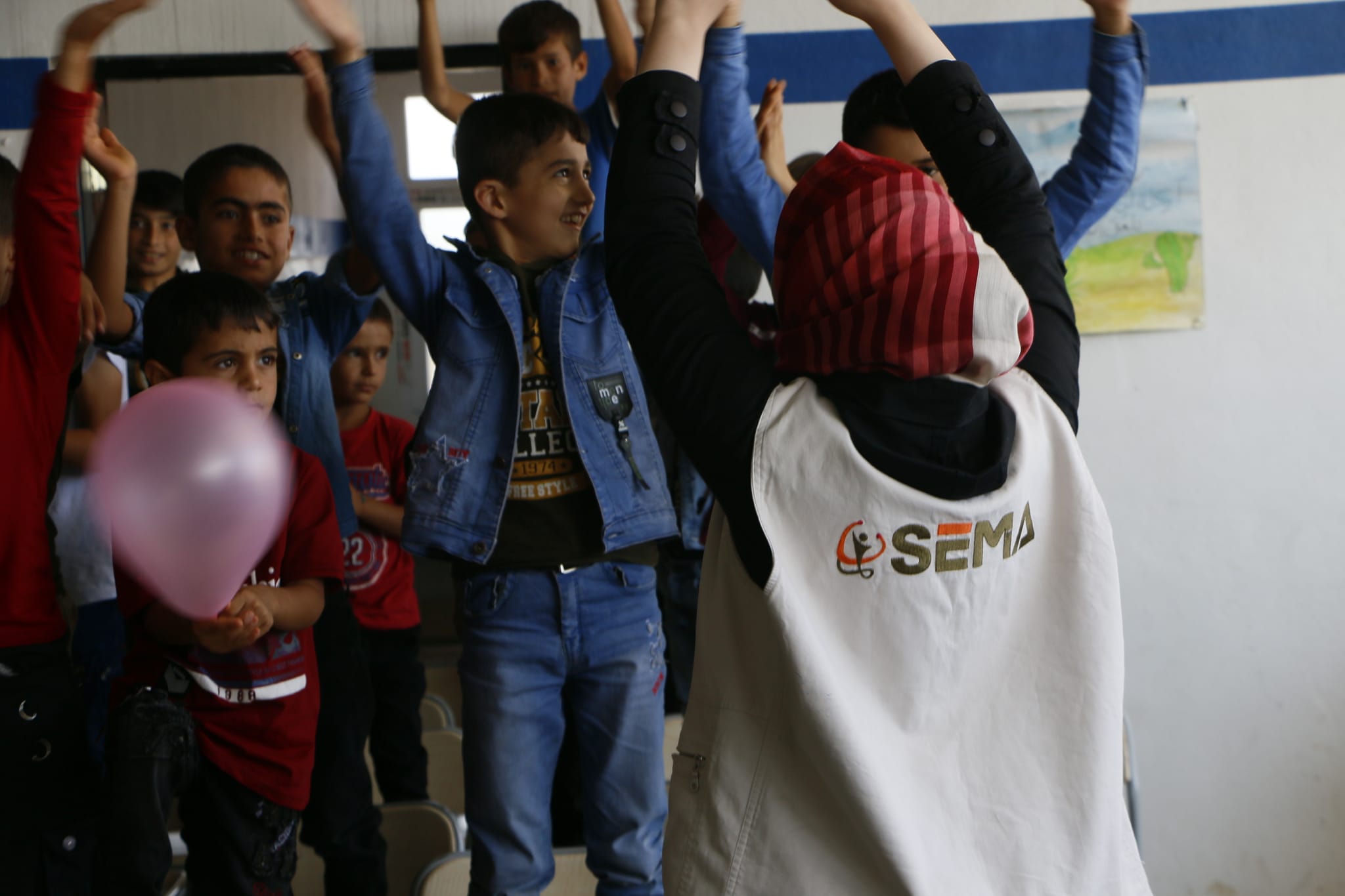
Providing emotional and psychological support
Above all, providing children with emotional and psychological support following a traumatic experience is fundamental to helping them process their feelings, understand their reactions, and cope with their emotions.
Such important support can be provided in multiple ways, including therapeutic interventions such as cognitive-behavioral therapy, play therapy, and trauma-focused therapy.
These interventions can help children understand and manage their emotions, develop healthy coping mechanisms, build resilience, and develop their self-esteem.
Therefore, providing children with emotional and psychological support after a traumatic experience can be the first step in their recovery process.
Techniques for helping children identify, express, and regulate their emotions, such as through play, art, and mindfulness
There are multiple techniques that can help children identify, express, and regulate their emotions, such as through play, art, and mindfulness.
These techniques include:
1. Play therapy: Play therapy is a form of psychotherapy that is used to help children communicate and regulate their emotions.
2. Art therapy: Art therapy is a form of psychotherapy that utilizes art-making and creativity to help children process and regulate their emotions.
3. Mindfulness: Mindfulness can assist children in learning to become aware of and accept their emotions at the present moment, as well as develop coping strategies for managing their emotions.
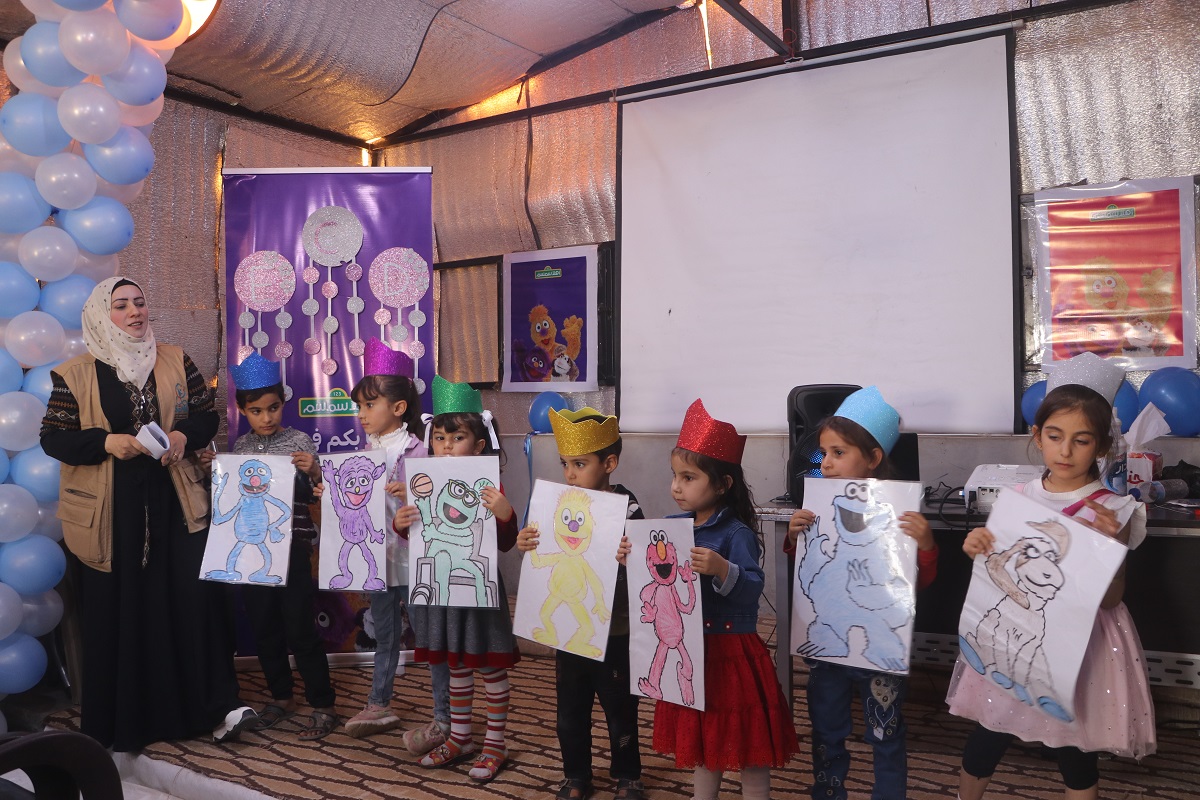
SEMA’s efforts to help refugee children overcome their traumatic experiences
At SEMA, we make sure to take care of the mental and physical health of refugee children. This is because we acknowledge the importance of supporting refugee children with traumatic experiences to become productive members of society.
Many refugee children have experienced trauma and horrors due to displacement and living in conflict and war-stricken zones.
Therefore, we ensure the development of mental health programs specifically designed to help those children restore their positivity and recover from their traumatic experiences.
Furthermore, SEMA’s rehabilitation and psychological support programs help refugee children work through the horrors they have seen in their conflict-ridden countries.
Our programs also help children adapt to their new environments, whether in asylum countries or displacement camps.
You also have a massive role in supporting those children and providing them with prosperous futures.
By donating to our programs and campaigns, you can help us provide Syrian refugee children and their families with a better life and a thriving future!
FAQ
What are three 3 ways you can help children to recover from a traumatic event?
The 3 ways to help refugee children recover from traumatic events include:
1- Connecting them with mental health professionals.
2- Creating a safe environment for them to express their feelings without judgment.
3- Building a relationship of trust with them.
Which approach works best with children who are traumatized?
The best approach for traumatized children is to provide them with trauma-informed care.
What are some effective strategies for supporting children who have experienced trauma or loss?
There are effective strategies that can be employed to support children who have undergone trauma or loss. These include creating a secure and nurturing environment, fostering communication and expression of emotions, promoting self-care and stress management skills, and linking children with suitable mental health services or support groups.
How can parents and caregivers help children cope with the emotional and psychological effects of trauma or loss?
Parents and caregivers can help children cope with the emotional and psychological effects of trauma or loss by providing a stable and predictable environment, listening to and validating their feelings, and modeling healthy coping strategies.
What resources are available to help families and educators support children who have experienced trauma or loss?
There are a variety of resources available to help families and educators support children who have experienced trauma or loss, including mental health services, support groups, and educational resources.
References
Read More:
What Is the Significance of Addressing Children’s Emotional Needs?
Meeting Refugee Women’s Health and Hygiene Needs | SEMA
Hydration Hacks: Stay Refreshed Throughout Ramadan!
Charitable Giving and Community Impact Explored in Ramadan
How does giving Sadaqah during Ramadan benefit the community?
The Impact of Conflict and Displacement on the Mental Health of Refugee Women

